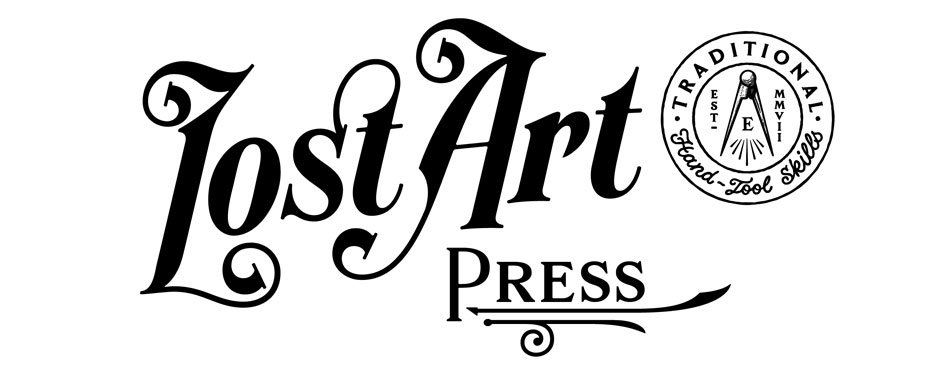Most woodworking books are as dry as a popcorn fart discharged in the high desert plain. In the effort to communicate doctrinaire woodworking information, many authors (me included, at times) forget one simple fact: The writing has to be dang compelling or no one will read it.
That’s why many woodworking writers (me included) live in an echo chamber. We write for the people who are already indoctrinated into the sisterhood of sap. Our shorthand is impenetrable for the people on the outside of the cambium layer. We are happy to tell you “how” to do any operation imaginable. But we fail to tell you “why” you would ever want to.
“I can teach a man to sail but I can never teach him why.”
— Timothy E. Thatcher, published in “The American Scholar”
Enter Nick Offerman. For years I’ve watched him slip woodworking scenes into the “Parks & Recreation” series – a canoe here, a Christian Becksvoort there. I watched his “American Ham” special on HBO, where Offerman pledged his love for the grain. And whenever he appeared on late-night television, Offerman was smelling wood (sorry) or talking about working his wood (also sorry).
A lot of us wondered: Is Offerman one of us? Is he hard core?
This fall, Offerman’s latest book “Good Clean Fun” (Dutton) hit the shelves and we have our answer. This book is important – much in the way that James Krenov’s “A Cabinetmaker’s Notebook” is important. It is a huge piece of stink bait globbed onto the hook of hard-core woodworking.
“Good Clean Fun” is, like Offerman’s other books, hilarious. And this time he is selling the act of woodworking to the unconverted. He makes woodworking seem like a voyage of self-discovery that you make with a posse of like-minded misfits – all members of the Offerman Woodshop in California (with a branch office in the Middle West).
Yes, you learn to set up a shop, choose your tools and make some projects. But you are also treated to some of the funniest step-by-step instruction I’ve ever read. During a chapter written by his brother on making a cribbage board, Nick interjects himself into the instruction:
NICK: Another great spot for the card scraper!
MATT (Nick’s brother): I’m told an angel loses its wings every time you use a hand tool.
These wisecracks inhabit every page of this 344-page book, waiting for you to discover them. Whether it’s a section on how to drive a wedge into a nasty species (“Suck on that eucalyptus”), or an aside on meeting Mira Nakashima and learning of her love of flat-sheen finishes (“Ha ha. I knew glossy finishes were for the birds! Sorry, I got excited. Of course glossy finishes have their place. In 1987. I kid.”) The book is a total and complete hoot.
There’s a section on fashion. Recipes for workshop food. Profiles of interesting woodworkers – Nakashima, Becksvoort, Jimmy DiResta and chairmaker Peter Galbert. There’s a comic book section on harvesting your own lumber. Plus measured drawings of birdhouses.
I know that not everyone gets Offerman’s sense of humor, like not all of us get Roy Underhill or Norm Abram (yes, he’s funny). But I can tell you this: If you buy this book and give it to someone who seems the woodworking type, you can bet they will read it. It’s hard not to – make a canoe paddle? Yes, please. Make a Slingshot Dining Chair with Michele Diener? Wow. Jokes about coiling a band saw blade? Indeed.
This book might not be for you – if you are reading this blog then you probably bleed sawdust when pricked. But this book is something you don’t have – the latest and greatest tool for recruiting new woodworkers, growing the craft and generally extending a kindly hand to young people, women, minorities and the disaffected.
I haven’t read a book in the last 25 years that has as much potential to grow the craft. Buy one copy for yourself and a second one to wrap up and slip to a niece or nephew at Christmas.
That’s my plan.
— Christopher Schwarz

















